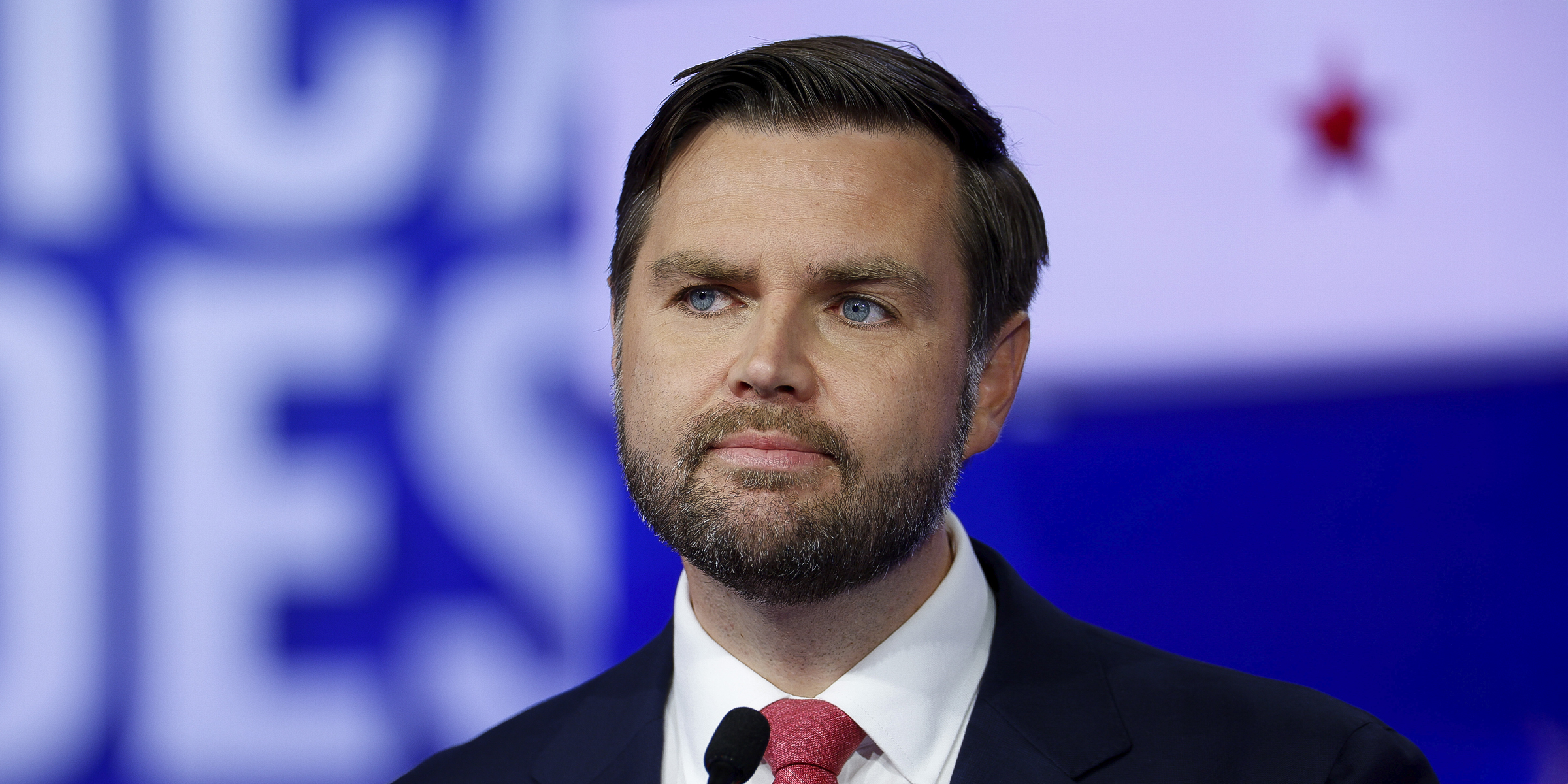
U.S. Military Base Commander Fired After Email About JD Vance – Details
A high-ranking commander was dismissed from her post following a controversial message sent in response to a visit from the US Vice President.
Colonel Susannah Meyers lost her command of Pituffik Space Base in Greenland. This followed her sending an email that responded to comments made by Vice President JD Vance during his recent visit. The April 10 dismissal raises questions about military impartiality and the expectations for leadership conduct in politically sensitive environments.

J.D. Vance and Usha Vance tour Pituffik Space Base with Col. Susan Meyers on March 28, 2025, in Greenland | Source: Getty Images
Colonel Kenneth Klock, who commands Space Base Delta 1, relieved Colonel Meyers of her position. He cited a decline in his trust of her ability to lead as the reason for her removal. The action took place shortly after Meyers sent a March 31 email to personnel at Pituffik Space Base.
The controversy began days earlier during Vance and his wife‘s visit to the Arctic installation. While touring Pituffik, he sharply criticized Denmark’s role in securing Greenland. He claimed the U.S. could offer better defense, citing threats from Russia and China, though he offered no specific details.
“Denmark has not kept pace and devoted the resources necessary to keep this base, to keep our troops, and in my view, to keep the people of Greenland safe,” he said. While Vance also pledged respect for Greenland’s sovereignty, Danish leaders condemned his remarks as unjust.
Meyer’s message, obtained by Military.com, responded to Vance’s remarks, which were viewed as provocative by both Copenhagen and Nuuk amid ongoing political tensions.
In her email, Meyers addressed the emotional impact of the visit, writing that she “spent the weekend thinking about Friday’s visit — the actions taken, the words spoken, and how it must have affected each of you.” She went on to emphasize that, in her view, Vance’s concerns “are not reflective of Pituffik Space Base.”
While her message appeared to aim for unity among the multinational personnel at the base, it was seen by military officials as a breach of the expectation for commanders to remain strictly nonpartisan.

J.D. Vance and Usha Vance tour Pituffik Space Base with Col. Susan Meyers on March 28, 2025, in Greenland | Source: Getty Images
The U.S. Space Force reaffirmed that its leaders must uphold the highest standards of conduct, especially when it comes to avoiding political entanglement in official communications.
The dismissal quickly drew reactions from political and defense figures. Sean Parnell, Assistant to the Secretary of Defense for Public Affairs, defended the decision in a post on X, “Actions to undermine the chain of command or to subvert President Trump’s agenda will not be tolerated at the Department of Defense.”
Around the same time, Senator Jim Banks added, “Colonel Meyers tried to politicize the Space Force and was held accountable. Lloyd Austin isn’t SecDef anymore.”
Colonel Meyers’ professional background includes over two decades of service across the U.S. Air Force and Space Force. She earned a bachelor’s degree in communication from Purdue University and a master’s in missile and space systems technology from American Military University.
Her past roles included serving as squadron commander in Dayton, Ohio, and a year with the Space Force Inspector General’s office in Colorado Springs. At the time of her removal, she had been Chief of the Joint Force Provider Branch since 2021. Pituffik Space Base now operates under the leadership of Colonel Shawn Lee.
In other political news, President Donald Trump announced a sweeping 90-day pause on reciprocal tariffs affecting dozens of countries, with one major exception: China.
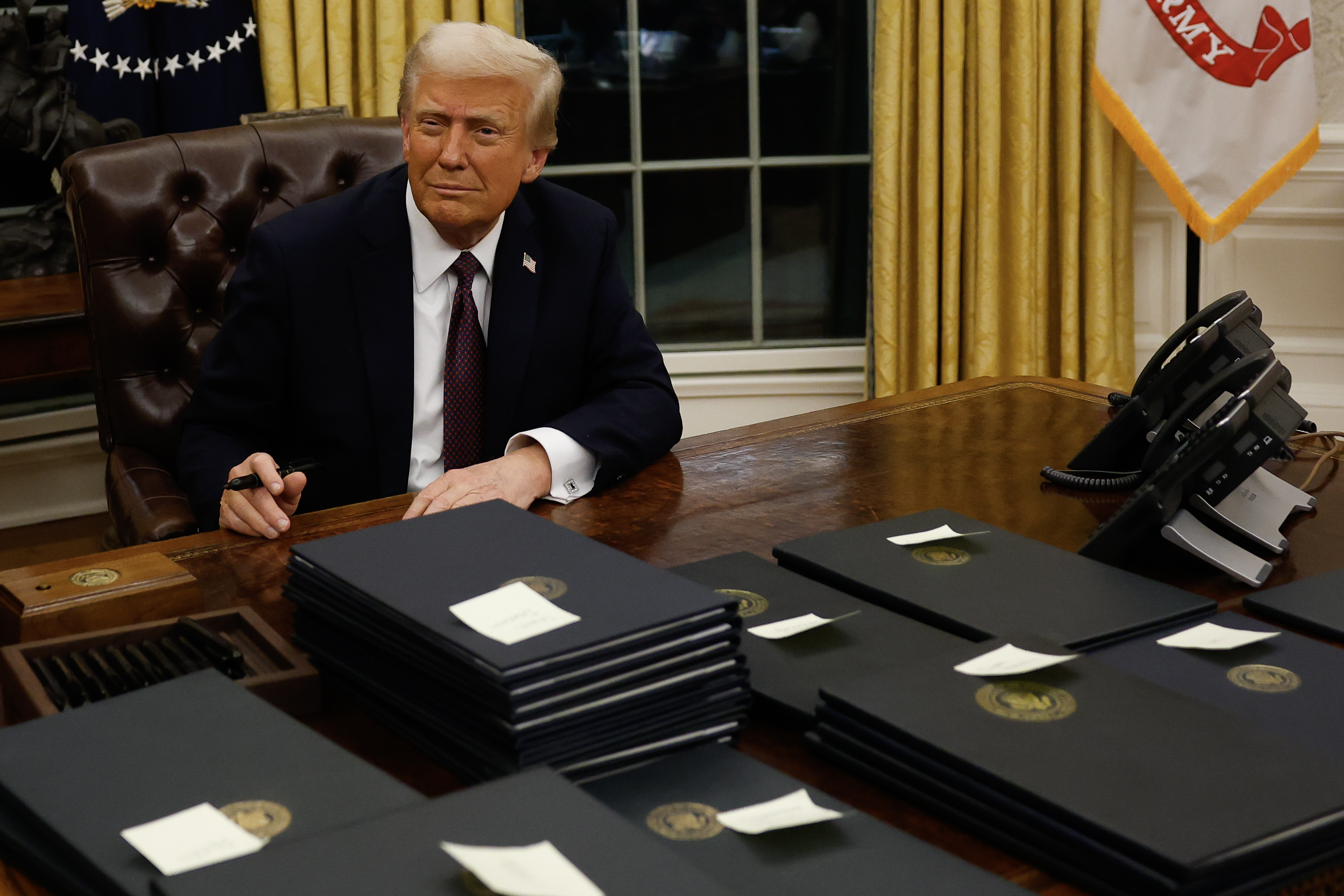
President Donald Trump signs executive orders in the Oval Office in Washington, DC., on January 20, 2025 | Source: Getty Images
Trump has been particularly steadfast in his belief that high tariffs are a cornerstone of US economic policy. Hence, the announcement, which came late Wednesday, April 9, via the president’s Truth Social account, was unexpected.
In his post, he detailed a tariff pause and why. Accordingly, countries with reciprocal tariffs at midnight will now see those duties reduced to a universal 10% rate for the next three months.
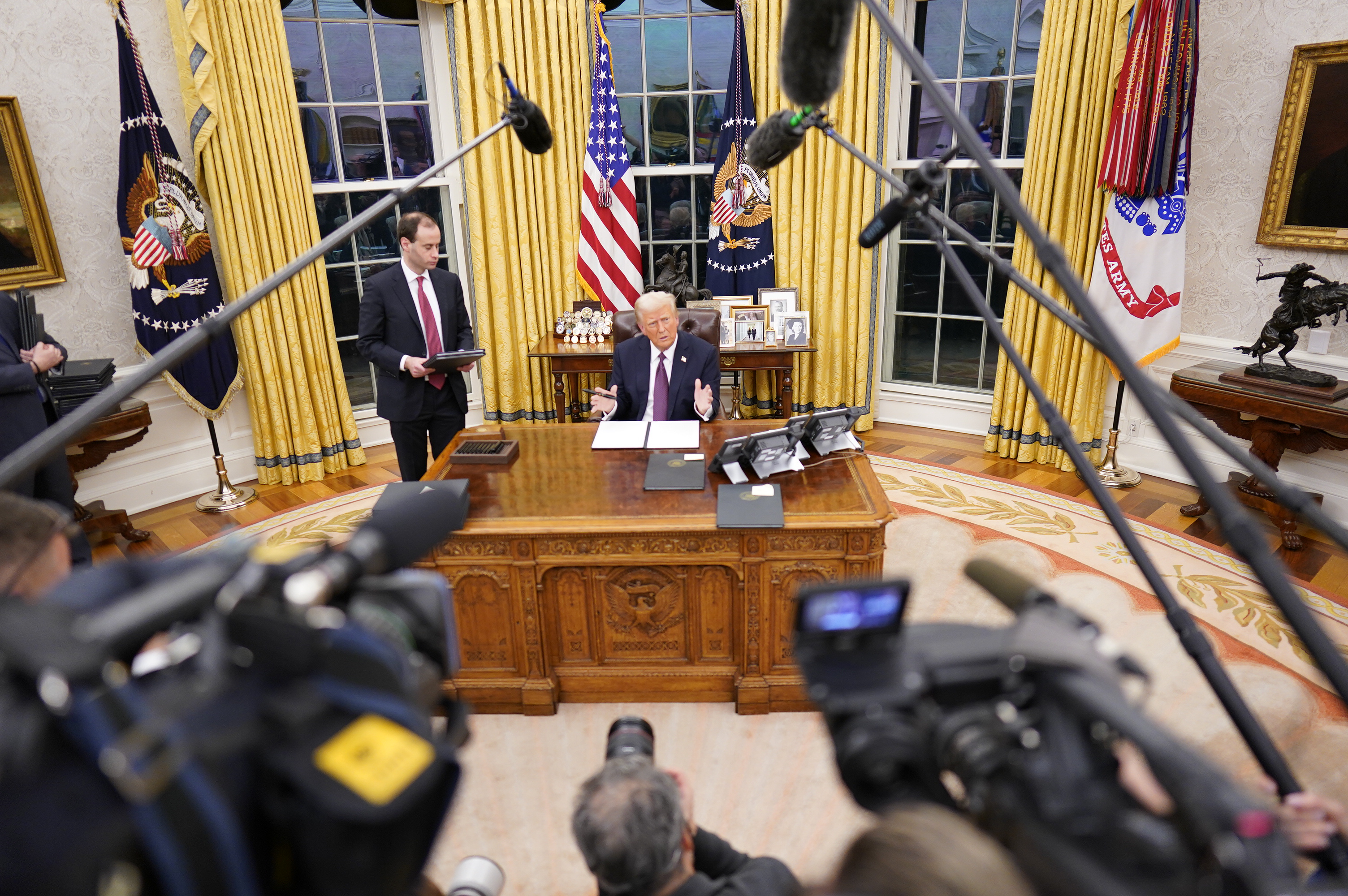
President Donald Trump signs executive orders in the Oval Office in Washington, DC., on January 20, 2025 | Source: Getty Images
Trump cited ongoing outreach from over 75 nations, which he said had contacted US agencies, including the Departments of Commerce and Treasury, as a major reason for the pause.
He noted that these countries had not retaliated against US measures, based on what he described as his “strong suggestion.”
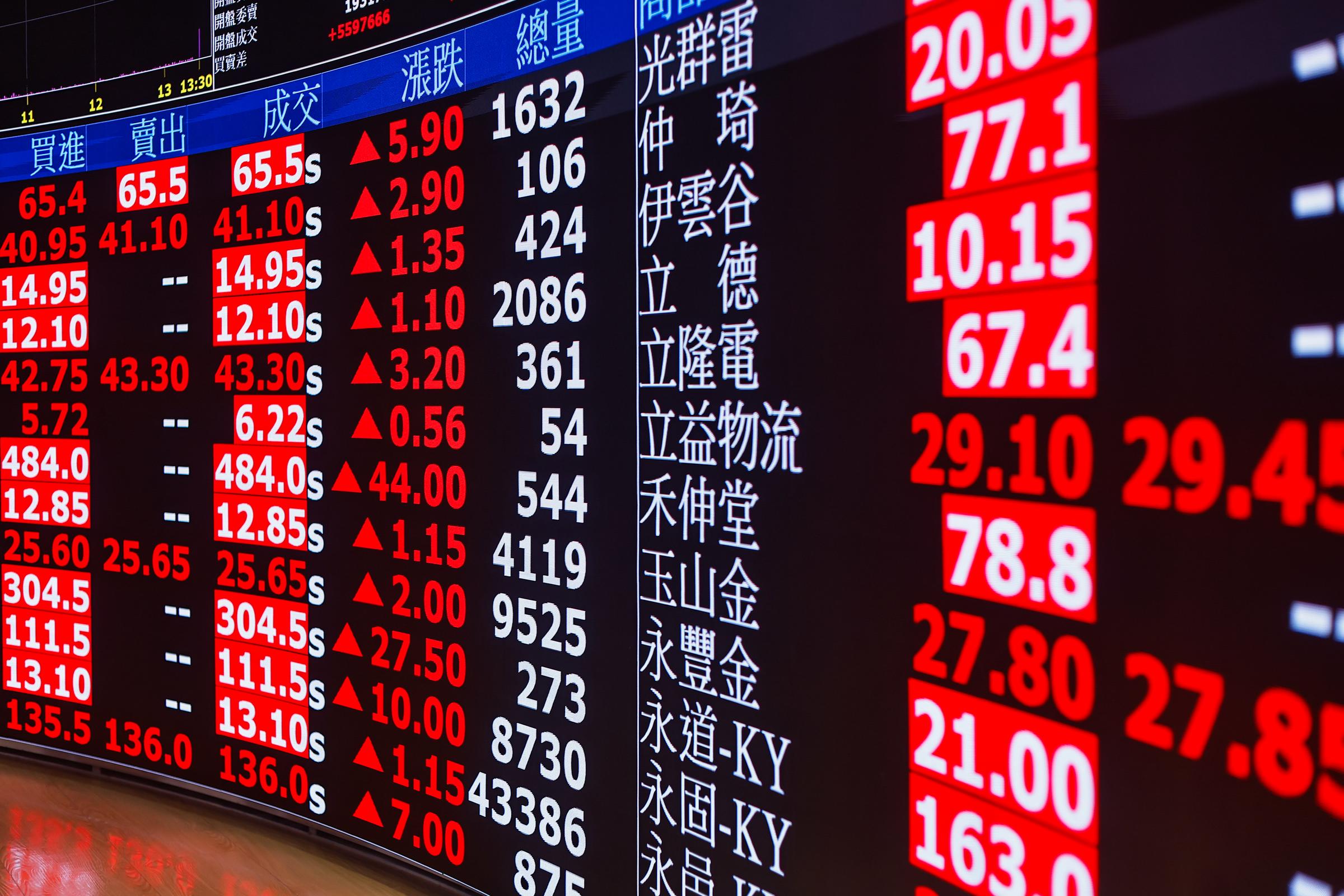
Screens showing surging stock shares at the Taiwan Stock Exchange office, following Donald Trump’s surprise decision to pause the global tariffs, in Taipei, Taiwan, on April 10, 2025 | Source: Getty Images
“This is a window for real negotiations,” Trump said in his statement, pointing to continued talks surrounding trade, trade barriers, tariffs, currency manipulation, and non-monetary tariffs.
However, the softening does not apply to China. Trump doubled down on his hardline approach to the world’s second-largest economy, announcing an increase in tariffs from 104% to 125%, effective immediately.

Construction workers leave a work site in the Central Business District in Beijing, China, on April 10, 2025 | Source: Getty Images
He cited Beijing’s recent retaliatory tariffs and what he called a “lack of respect” for global markets as justification for the hike. “At some point, hopefully in the near future, China will realize that the days of ripping off the U.S.A., and other Countries, is no longer sustainable or acceptable [sic],” Trump wrote.
The tariff announcement represents a balancing act, offering temporary relief to many trade partners while escalating pressure on China. With the global economy watching closely, Trump’s strategy appears aimed at resetting the playing field without fully backing off from his aggressive trade agenda.
As the 90-day countdown begins, attention will turn to whether global leaders use the window to reach more stable trade agreements or whether the pause is simply a brief intermission in a larger tariff standoff. Either way, Trump’s message is clear, and concessions may be made, but not to China.
The lead-up to this dramatic pause began last Wednesday, April 2, when Trump shocked allies and markets alike with an announcement in the Rose Garden. He declared a national economic emergency and laid out a sweeping new tariff policy to overhaul decades of US trade relations.
The president announced sharp new tariffs on nearly all major trading partners, including a 34% tax on Chinese imports and a 20% tariff on goods from the European Union. A universal 10% baseline was also imposed on imports from every country, unless otherwise specified.
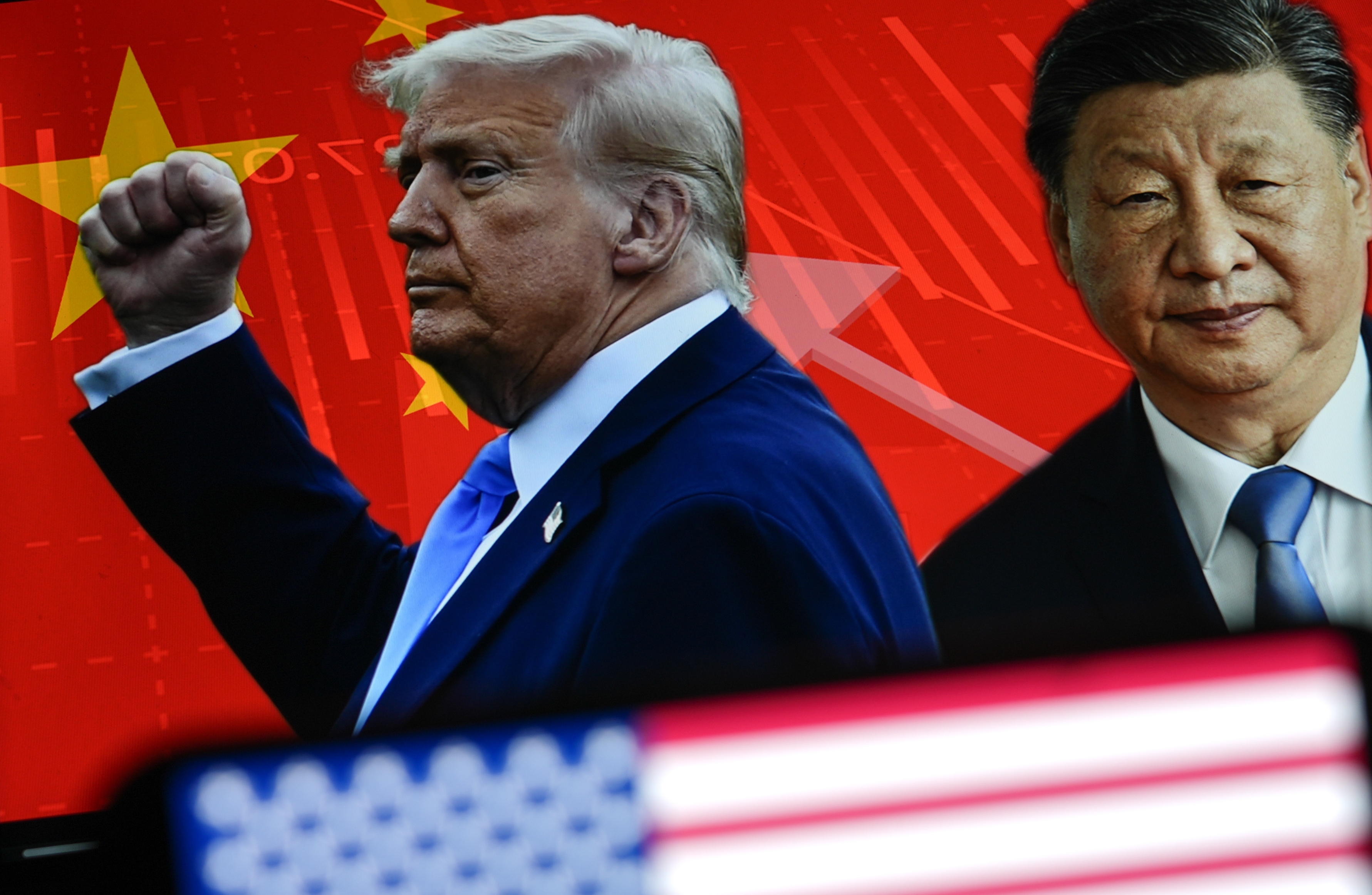
In this photo illustration portraits of Donald Trump and Chinese President Xi Jinping are displayed on computer screen as US flag is seen in Ankara, Turkiye, on April 10, 2025 | Source: Getty Images
In justifying the move, Trump said the tariffs were necessary to protect American workers and industries from what he described as decades of exploitation under a broken global trade system.
He argued that other nations had long taken advantage of the US, stating that America had been “looted, pillaged, raped and plundered” economically. The tariffs, he claimed, would bring back factory jobs, generate hundreds of billions in revenue, and restore fairness to global commerce.
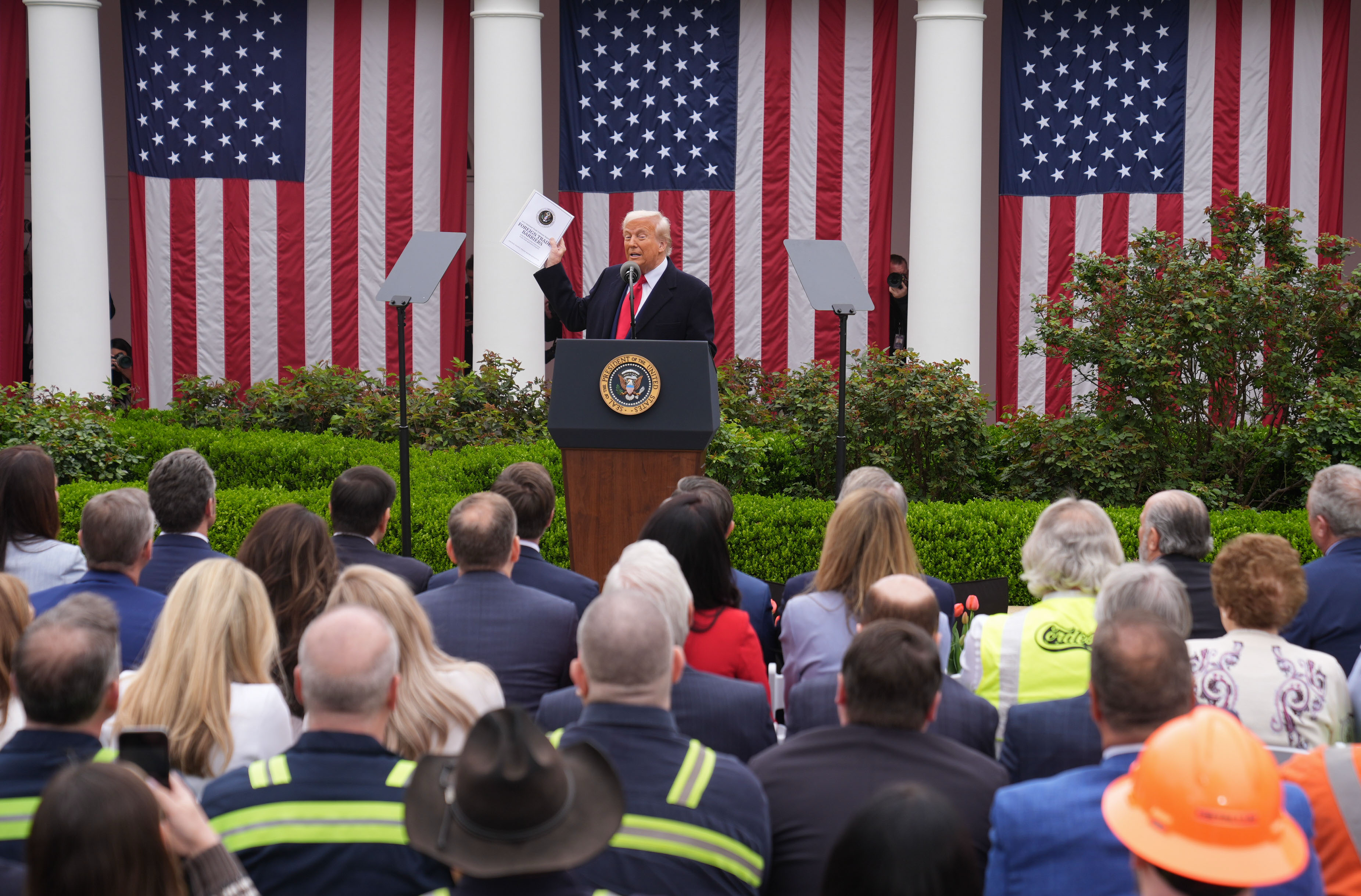
Donald Trump announces a plan for tariffs on imported goods during an event in the Rose Garden at the White House, on April 2, 2025 | Source: Getty Images
The announcement marked a dramatic escalation in Trump’s trade agenda, and his rhetoric signaled little interest in compromise. Acting under the 1977 International Emergency Economic Powers Act, the president bypassed Congress to fulfill a key campaign promise, but the consequences were immediate.
Stock market futures plunged overnight amid fears of an economic slowdown, and critics warned of rising consumer costs on everyday goods like housing, cars, and clothing.
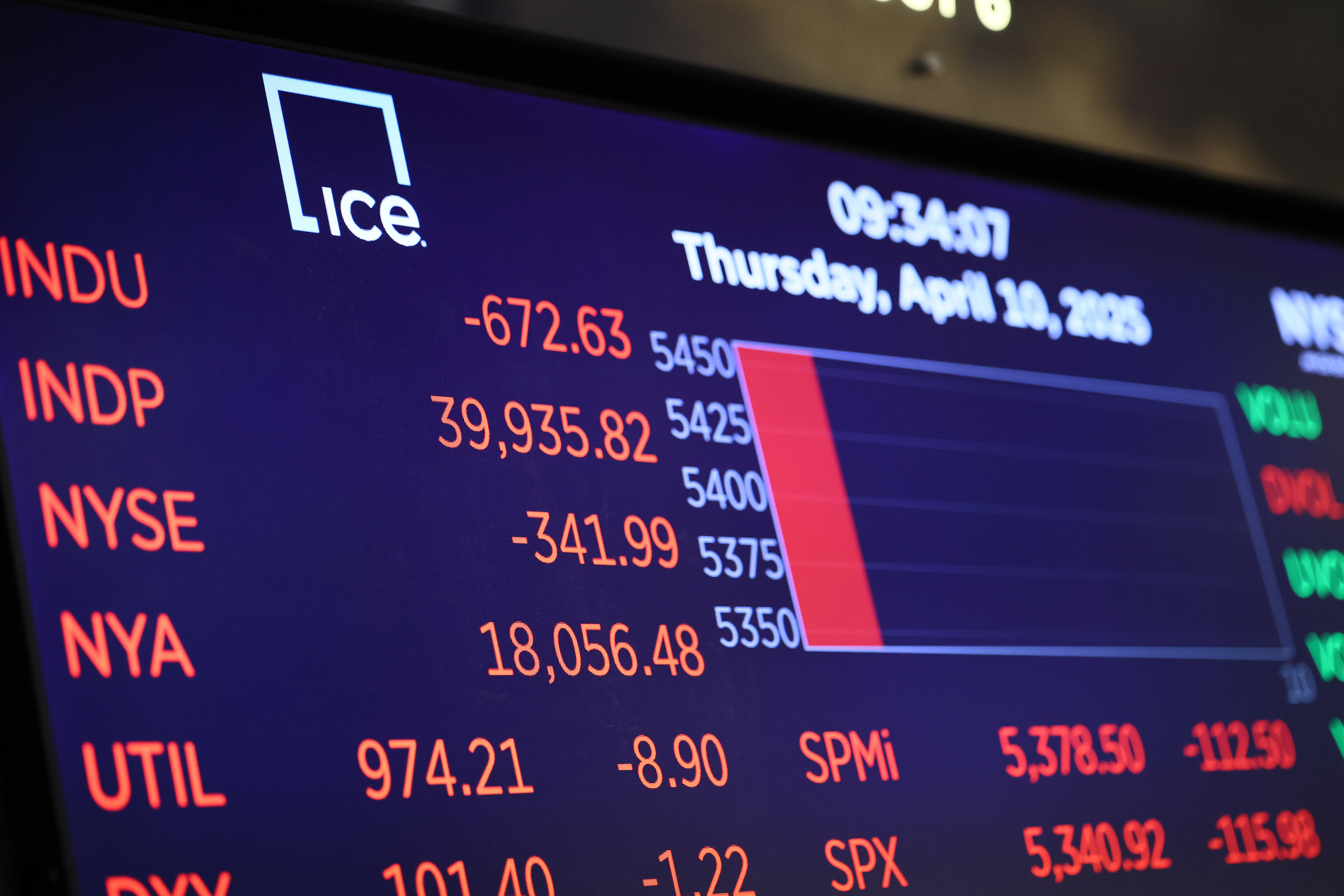
Market numbers are displayed at the New York Stock Exchange during morning trading in New York City, on April 10, 2025 | Source: Getty Images
While Trump cast the tariffs as a patriotic duty and an overdue correction to global imbalances, the move drew skepticism from several corners of his own party.
Republican lawmakers from agricultural and border states raised concerns about retaliation and the impact on American exports, especially with allies caught in the crossfire. Still, Trump remained firm, insisting the US had been “ripped off” for more than half a century and that his administration was finally putting an end to it.


